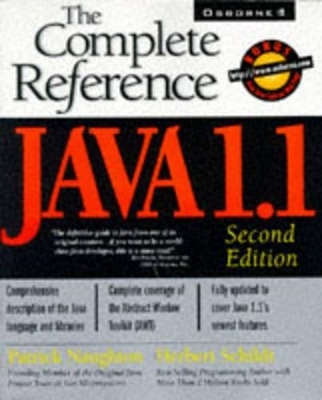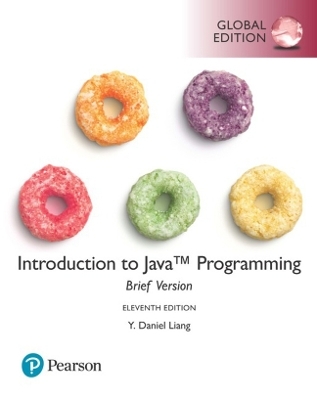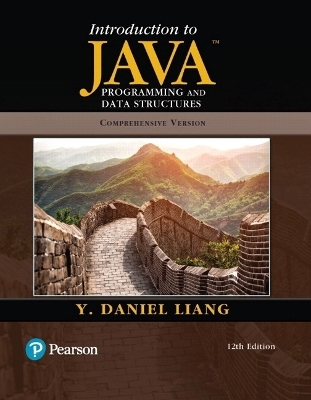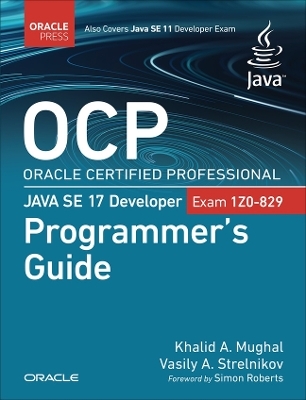
Java 1.1
Osborne/McGraw-Hill
978-0-07-882436-4 (ISBN)
- Titel ist leider vergriffen;
keine Neuauflage - Artikel merken
This updated and expanded edition covers the latest release of the Java Development Kit 1.1. The new technologies covered include: Java Beans - packaged, reusable code; updated AWT (Abstract Windows Toolkit); class information - for building GUI (graphical user interface) windows on every platform; updated Java Database Connectivity (JDBC) API - connects databases of all vendors to Java programs; and RMI/CORBA integration - allows applications to travel and communicate across multiple architectures using the CORBA open systems specification. Developed in 1994 by Sun Microsystems, Java has become more than a way to add flashy graphics to Web pages. It has actually evolved into an application development platform - the base upon which software developers build their applications. A variety of applications are now being developed using Java, including those for spreadsheets, word processing, accounting and databases. Due to its platform independence, cost issues are pushing more and more developers towards the Java platform. It is also the underpinning feature of the next generation of professional computing, the Network Computer.
Java applications, called "applets", differ from ordinary applications in that they reside on the network in centralized servers. No longer is the need for different versions to be installed on various platforms. Java is platform-independent and runs on UNIX, Windows and Macintosh. From the corporate point of view, applications created in Java can be deployed without modification to any computing platform, saving the costs associated with developing software for multiple platforms. Patrick Naughton is the author of "The Java Handbook". Herbert Schildt is the author of "C++ from the Ground Up", "C++: The Complete Reference", "Teach Yourself C (and C++)", and "Schildt's Windows 95 Programming in C and C++".
Part 1 The Java language: the genesis of Java; an overview of Java; data types, variables and arrays; operators; control statements; introducing classes; a closer look at methods and classes; inheritance; packages and interfaces; exception handling; multithreaded programing; I/O, applets and other topics. Part 2 The Java library: string handling; exploring java.lang; the utility classes; input/output - exploring java.io; networking; the applet class; introducing the AWT - working with Windows, graphics and text; using AWT controls; layout managers and menus; images. Part 3 Software development using Java: development environments; migrating from C++ to Java. Part 4 Applying Java: the dynamic billboard applet; ImageMenu - an image-based Web menu; the Lavatron applet - a sports arena display; Scrabblet - a multiplayer crossword game. Appendix: using Java's documentation comments.
| Erscheint lt. Verlag | 1.12.1997 |
|---|---|
| Zusatzinfo | illustrations |
| Verlagsort | New York |
| Sprache | englisch |
| Maße | 189 x 232 mm |
| Gewicht | 1731 g |
| Themenwelt | Schulbuch / Wörterbuch ► Lexikon / Chroniken |
| Informatik ► Programmiersprachen / -werkzeuge ► Java | |
| Mathematik / Informatik ► Informatik ► Software Entwicklung | |
| Mathematik / Informatik ► Informatik ► Web / Internet | |
| ISBN-10 | 0-07-882436-2 / 0078824362 |
| ISBN-13 | 978-0-07-882436-4 / 9780078824364 |
| Zustand | Neuware |
| Haben Sie eine Frage zum Produkt? |
aus dem Bereich


